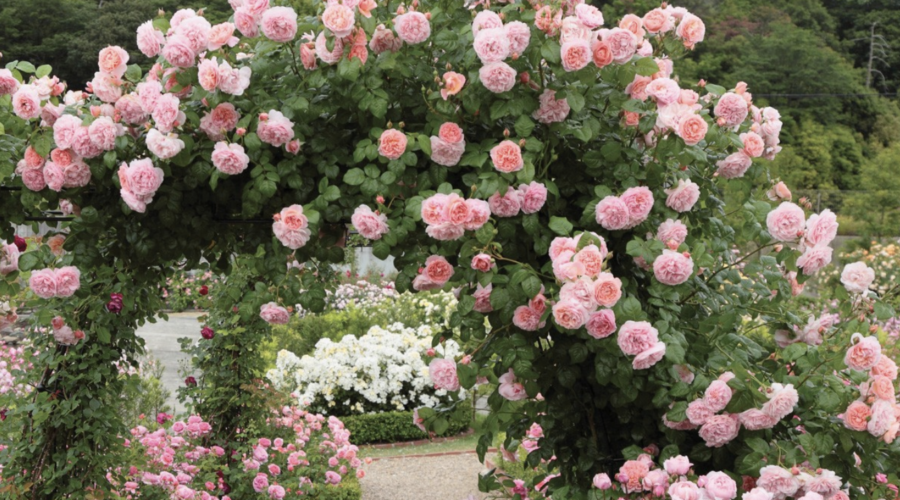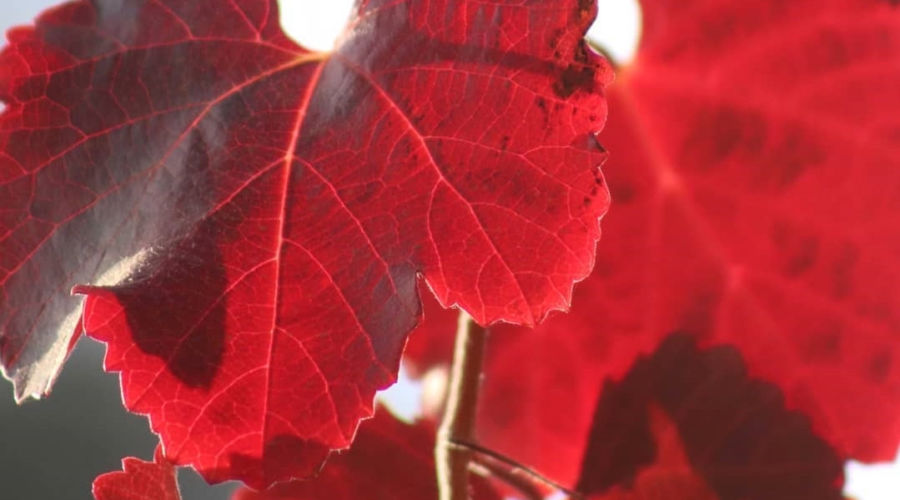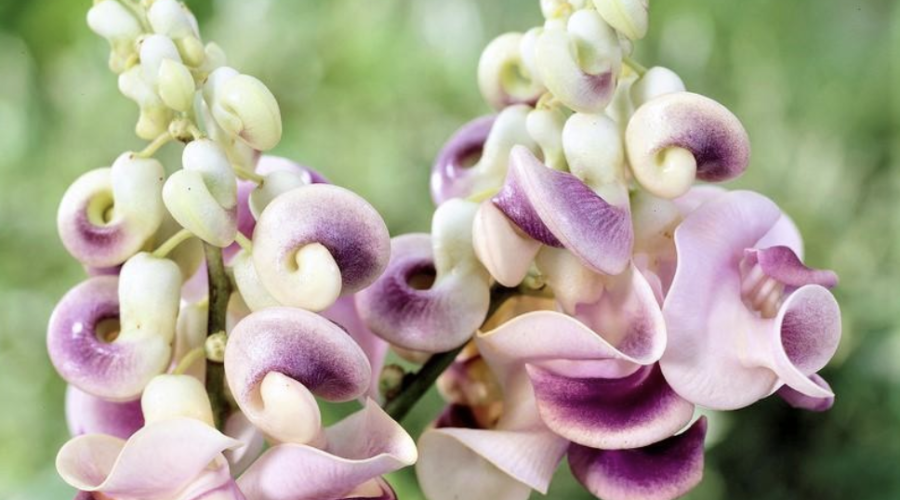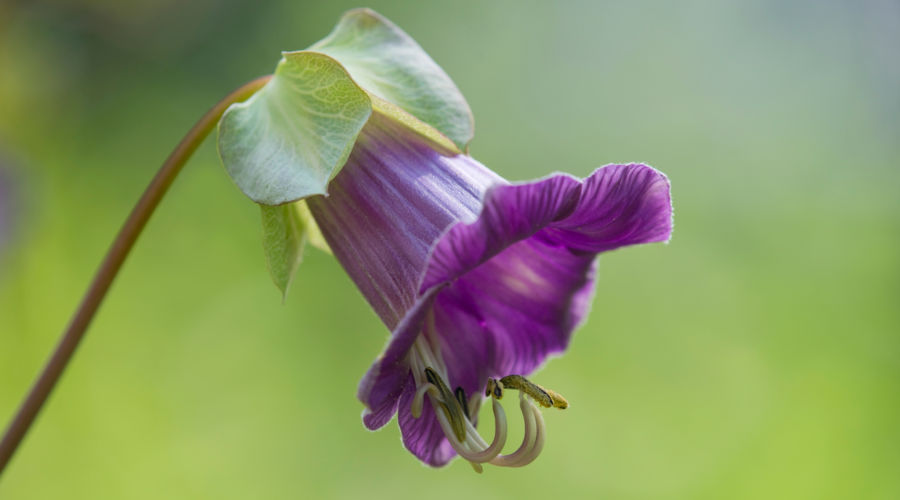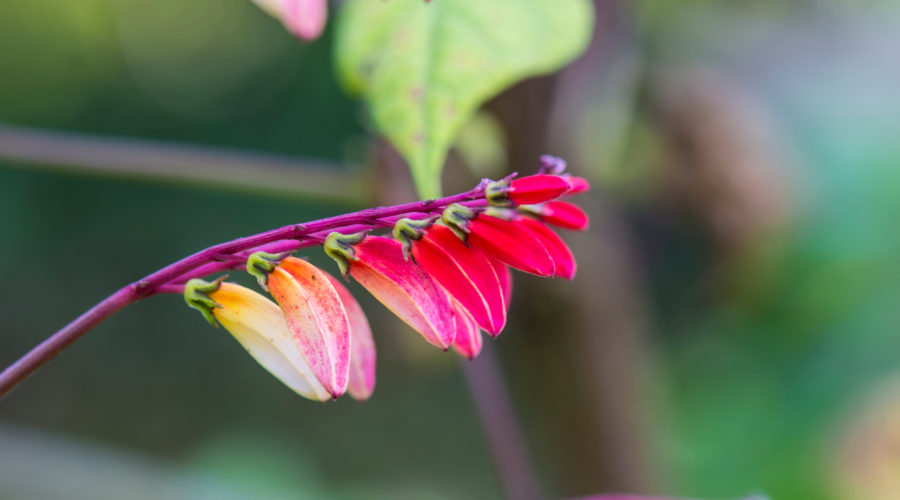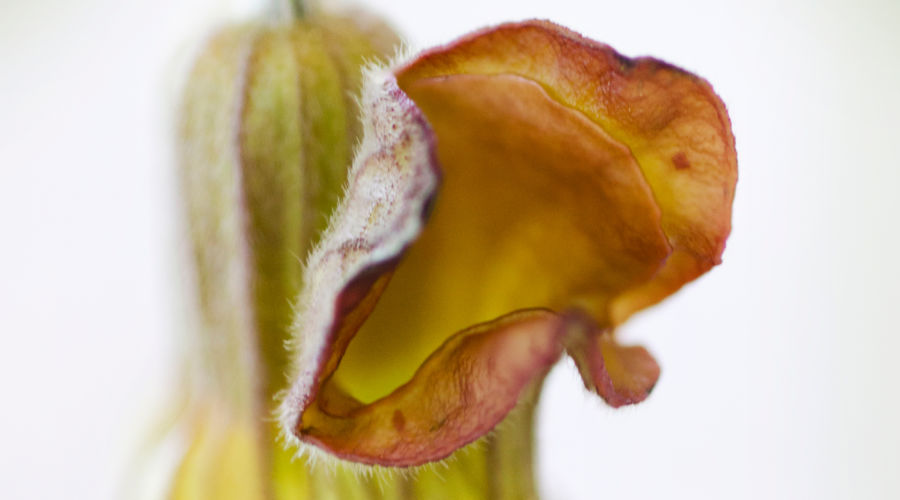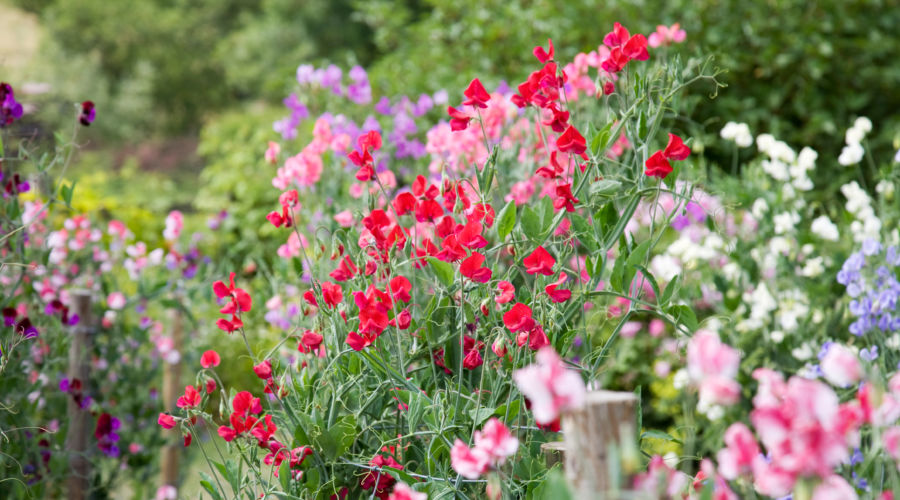Sylvi Gensow/EyeEm/Getty Images
Passion Flower
Passiflora are one of the craziest looking and most sought-after garden vines. Their psychedelic flowers come in tropical purples, blues, reds, yellows, pinks, and so many more—and some varieties appear to have all these colors on the same flower. With hundreds of varieties to choose from, here are a few to get you going: P. edulis, P. caerulea, P.‘Incense,’ P.‘Blue Horizon,’ P.‘Victoria,’ P.‘Ruby Glow,’ P.‘Blue Eyed Susan.’ Passiflora actiniais a good choice because it’s a host plant for gulf fritillary butterflies.
Planting notes: Zones vary by species.
David Austin Roses
David Austin Climbing Roses
Few flowers are as stunning as a David Austin rose, and when you grow climbing roses, it brings the bodacious blooms and wonderful fragrances up to eye and nose level. Our favorite varieties: pink Strawberry Hill, orange to apricot Crown Princess Margareta, yellow Graham Thomas, or rich pink Gertrude Jekyll.
Planting notes: All zones.
Creative Commons photo by Mustafa GULTEKIN is licensed under CC BY 2.0
Roger’s Red California Grape
This variety of native California grape has small white flower clusters in spring, and while they’re beautiful in their own right, the real reason to grow this grape is for the fall foliage, which turns orange, scarlet, and maroon. (The fruit is attractive to wildlife, so don’t be surprised to find birds eating the berries.) Plant along a fence or trellis where it can be appreciated. It will grow quite fast, reaching 20 to 40 feet tall.
Planting notes: Zones 4–24.
Courtesy Easy to Grow Bulbs
Snail Vine
Vigna caracalla has twisted, pea-like flowers that bloom from spring into summer and look like a snail’s shell—hence the name. It doesn’t grow particularly fast, but it’ll reach 10 to 20 feet tall. Protect it from wind and frost, and allow it full sun.
Planting notes: Zones 12–24; H1, H2; elsewhere as an annual.
Frank Sommariva/Getty Images
Cup-and-Saucer Vine
This vigorous vine, native to Mexico,has elegant flowers and can reach 25 feet tall in one season in the right conditions. Its purple or soft yellow flowers (depending on the variety) will bloom from late summer until the first frost. It’ll even bloom from seed the first year during summer, then in subsequent years from spring through fall.
Planting notes: Full sun. Zones 24, H1, H2 as a perennial. Zones 3–23 as an annual.
I love Photo and Apple./Getty Images
Clematis
Clematis are one of the most popular garden plants, especially for patio covers, arbors, and trellises. Most people grow the large-flowered varieties, butyou should consider growing small-flowered types, dwarf varieties, and bushy forms: C.‘Sweet Summer Love,’ C.‘Sapphire Indigo,’ C. paniculata, C.‘Stand by Me,’ Clematis tangutica, or C. ‘Boulevard Nubia.’ Remember to plant their feet (base of the vine) in the shade of other plants.
Planting notes: Full sun to partial shade. Zones vary by species.
GKS Images/Getty Images
Firecracker Vine
Also called Spanish flag, Ipomoea lobata attracts all types of attention—frombees, butterflies, and hummingbirds—when it’s in bloom all summer and into fall. It’s a tender annual, so grow it in full sun from seed each year. It typically takes 13 to 15 weeks from planting seeds to bloom; vines reach 15 feet tall.
Planting notes: Annual.
NNehring/Getty Images
Dutchman’s Pipe Vine
The flowers on Dutchman’s pipe are really cool-looking—shaped like a pipe, with burgundy veins and freckles. This native California vine is a larval host for the pipevine swallowtail butterfly, so butterflies will lay eggs, caterpillars will hatch and eat the foliage, and they’ll become beautiful blue-and-black butterflies. So, don’t worry if the leaves get eaten—they’ll grow back. It prefers full to partial shade—its habitat is stream banks and woodlands.
Planting notes: Zones 5–10, 14–24.
Andyd/Getty Images
Sweet Pea
These delicate-flowered vines come in so many colors it’s hard to choose just one to grow. Whichever color you settle on, grow them from seed, planting in pots in the fall and keeping them in a sheltered spot, then transplant them to the garden in early-to-mid-spring. In cold climates, sow seeds 10–12 weeks before the last frost in starting trays, then plant outside once the chance of frost has passed.
Planting notes: Full sun. Annual.


